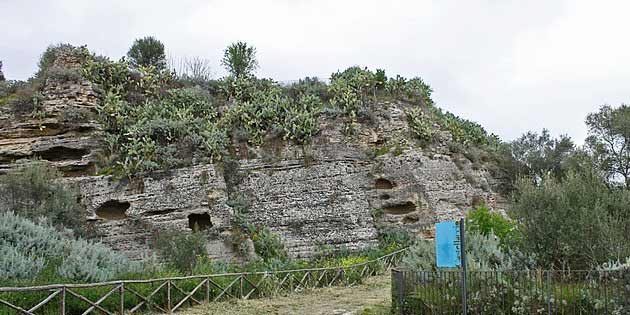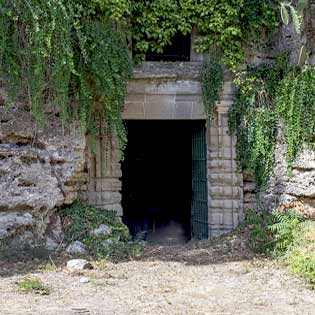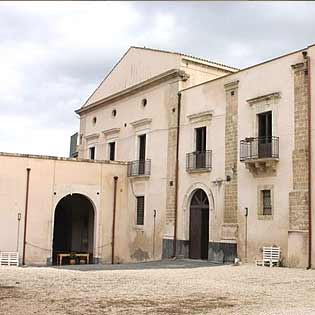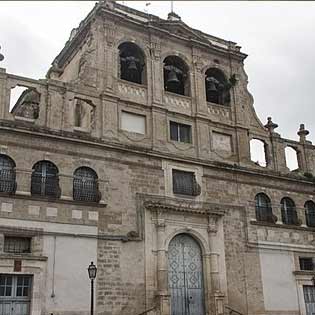Archaeological Area of Castellaccio

Antreus93 - CC4.0
The Archaeological Area of Castellaccio in Lentini, located a short distance from the town, contains the ruins of a medieval castle and the Oratory of Santa Lucia.
The first information regarding the castle dates back to the Norman era: from documents of the era as Castrum Vetus, there is news of a Norman stronghold, destroyed by the earthquake of 1169 which devastated the town, which probably stood on the same site as the castle which was later restored by Frederick II of Sweden during the first half of the 12th century. Federico II's architect, Riccardo da Lentini, in addition to designing the castle following the shapes of the cliff on which it stands, adapted the remains of a previous Greek settlement, on which the ashlars of the walls rest. After the reign of Frederick II, the castle was over time a stronghold and prison for famous people and underwent continuous renovations and expansions. Following the earthquake of 1693, the Castellaccio was definitively abandoned.
Castellaccio is placed at the center of a natural and artificial fortified system: to the north is the Crucifix valley, to the south the San Mauro valley where we find overhanging walls that isolate the entire complex; to the north-west and south-east are the Tirone hill and the Lastrichello hill, divided from the fortress by two vast ditches cut into the cliff.
The Castellaccio was enclosed by a parallelepiped-shaped wall. Today it is possible to admire only a few remains on the north-east side. In this part of the wall there must have been the so-called arx triangularis, i.e. a masonry of which only the lower portion of a triangular tower remains, inside which there is a rectangular room and traces of a door . Along the western front there are traces of a large wall of what is believed to have been one of the three defensive towers, perhaps the octagonal one, with a median interruption which is supposed to be the entrance. Inside the castle, the remains of a semicircular building resembling an apse were found, which are thought to belong to a chapel mentioned in some Angevin documents from 1253. At the center of the site is the entrance that leads to the underground of the castle, the underground room: a large room, probably entirely carved into the rock formed by 4 semi-pillars that support the vault. The semi-pillars rest on a perimeter embankment. The chamber has slits which are thought to have the function of recirculating the air. It is thought that the room is connected by secret tunnels to the caves located at the base of the castle, among which, the most famous is the cave of the balls.
In the castle there are also two cisterns for the water supply , near the entrance to the room and near the northern wall, and probably others existed, today completely buried.
Inside the Castellaccio archaeological park it is also possible to admire the Oratory of Santa Lucia, a cave used by nuns between the 12th and 14th centuries as a place of worship where it is possible to admire the remains of the entrance steps of the time, a burial dug into the floor and a very precious cycle of frescoes dating back to the 14th century. The frescoes portray Saint Lucia with Christ Pantocrator to her left, Saint Nicholas to her right, a mater Domini and the remains of a fresco depicting a saint on horseback, Saint George.


